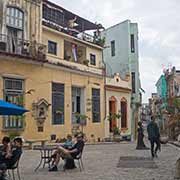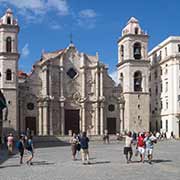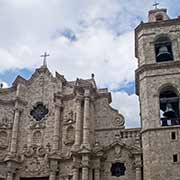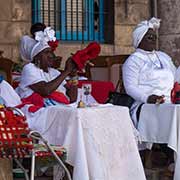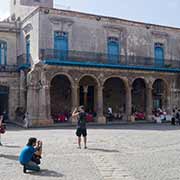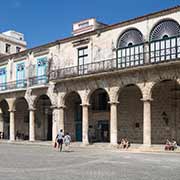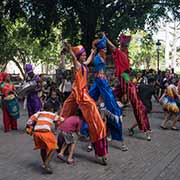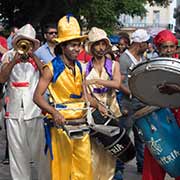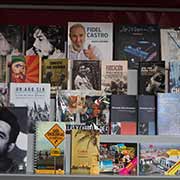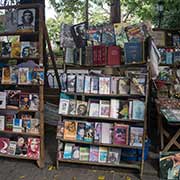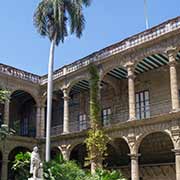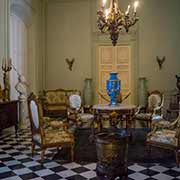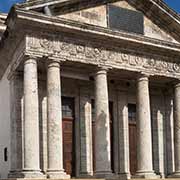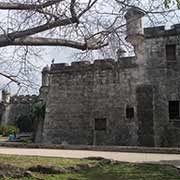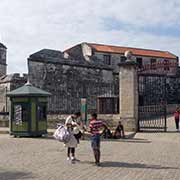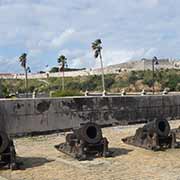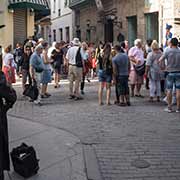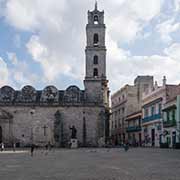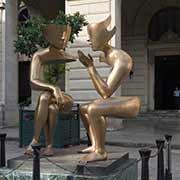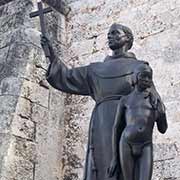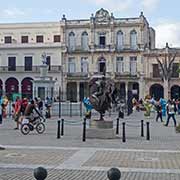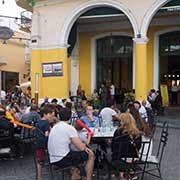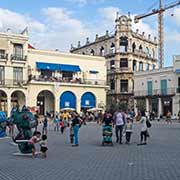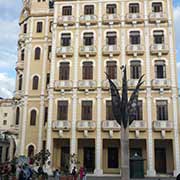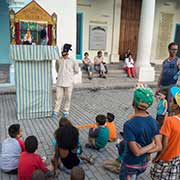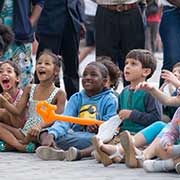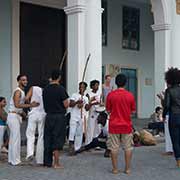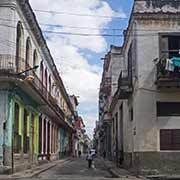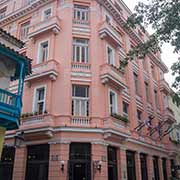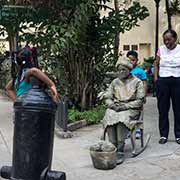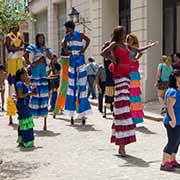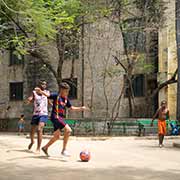Photos of Habana Vieja, Old Havana, Cuba
Habana Vieja, Old Havana
Habana Vieja, Old Havana, is the city’s old centre, where the original city walls were. The Spanish founded it in 1519 at the natural harbour of the Bay of Havana. It became a stopping point for the treasure-laden Spanish Galleons on their way to Spain in those days. In 1555 Old Havana was destroyed and burned by the French corsair Jacques de Sores. The pirate had taken Havana easily, plundering the city and burning much of it to the ground; the Spanish constructed a system of walls and forts after that, like the Castillo de la Real Fuerza, built between 1558 and 1577 on the site of the fortress destroyed by those French privateers. It now houses the Museo de Navegación, displaying interesting exposés on the fort and Old Town’s history and its connections with the erstwhile Spanish Empire.
you may then send it as a postcard if you wish.
The city was built in baroque and neoclassic style, but many buildings fell into ruin in the latter half of the 20th Century, but a great effort to restore and preserve Old Havana has been undertaken. It is a top-rated tourist destination, with its narrow streets, squares like the Plaza de la Catedral with its Baroque Cathedral and the Plaza Vieja (Old Square), Havana’s most architecturally eclectic square, laid out in 1559. The Plaza de Armas is Havana’s oldest square. It was laid out in the early 1520s, soon after the city’s foundation, with the Palacio de Los Capitanes Generales Casa de Gobierno, the former official residence of the governors of Havana; it is now the Museum of the City of Havana.
Old Havana and its fortifications were designated a UNESCO World Heritage Site in 1982; it is a city of great architectural character, containing many treasures from its long and colourful history. It is alive with local people and tourists; there is music, street performances, a great place to walk and discover. And one of its most iconic sights are the American vintage cars from the 1950s, many immaculately maintained (but often with non-standard engines and other parts) and serving as taxis. The open cabriolets take tourists for rides along the Malecón.



